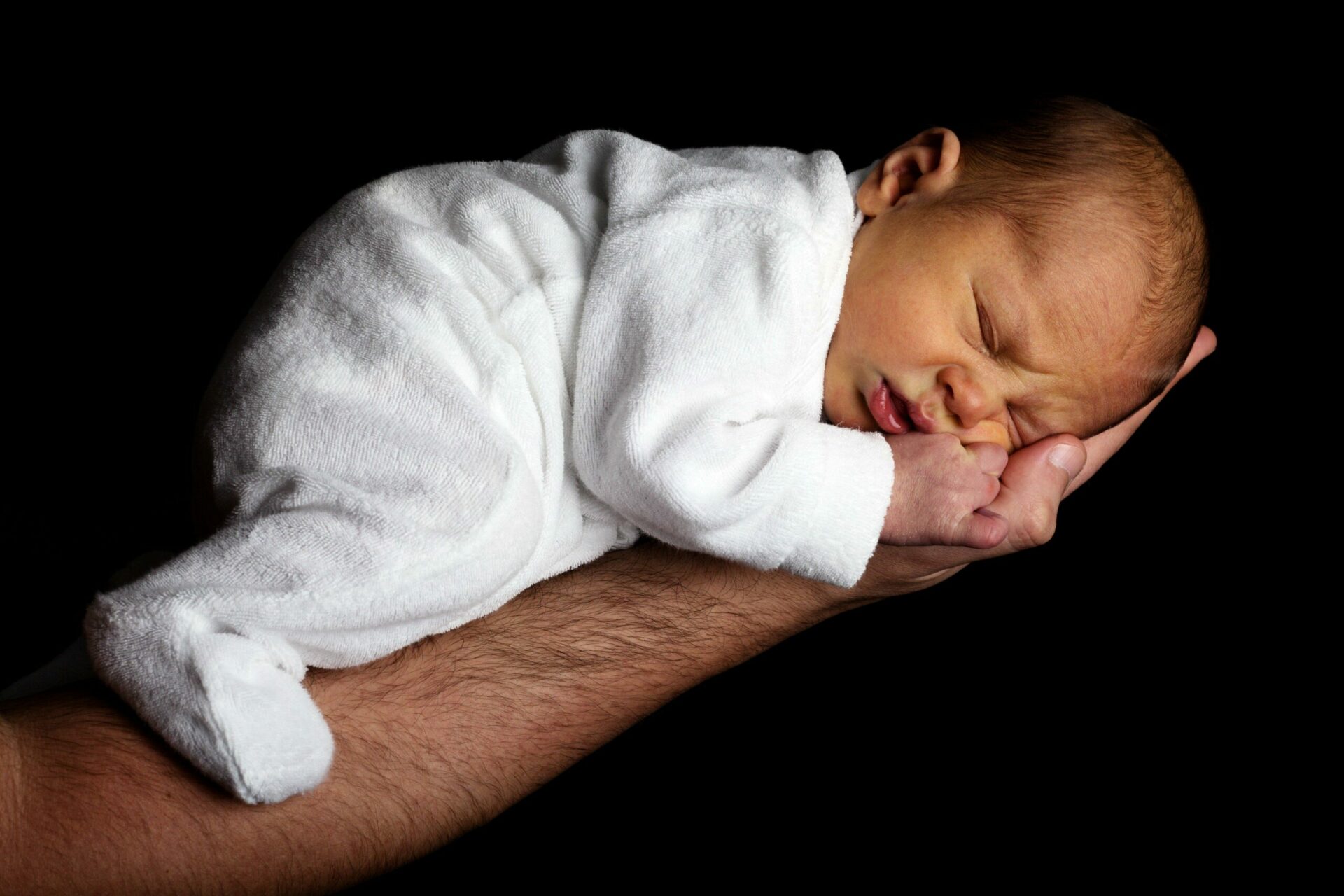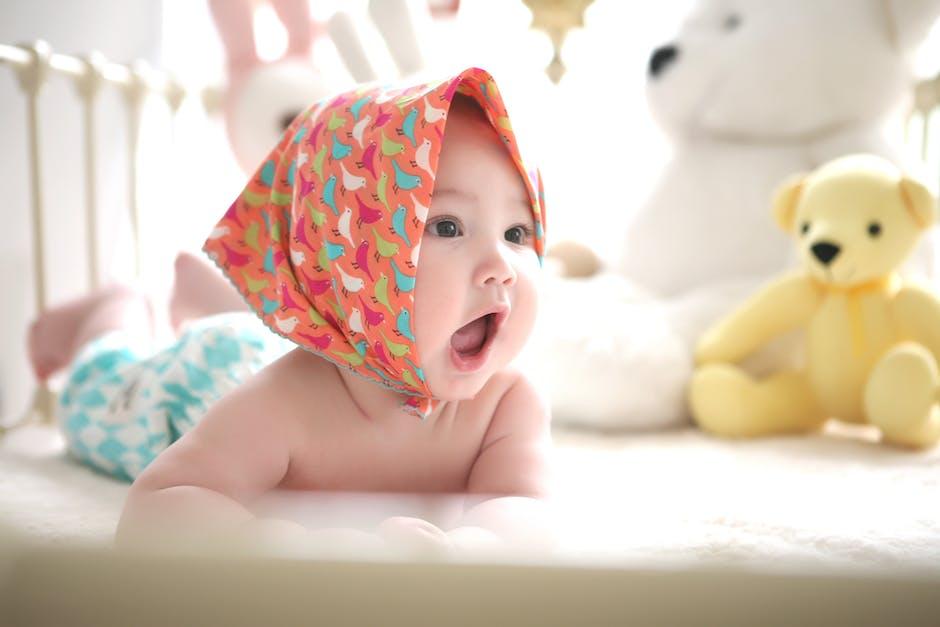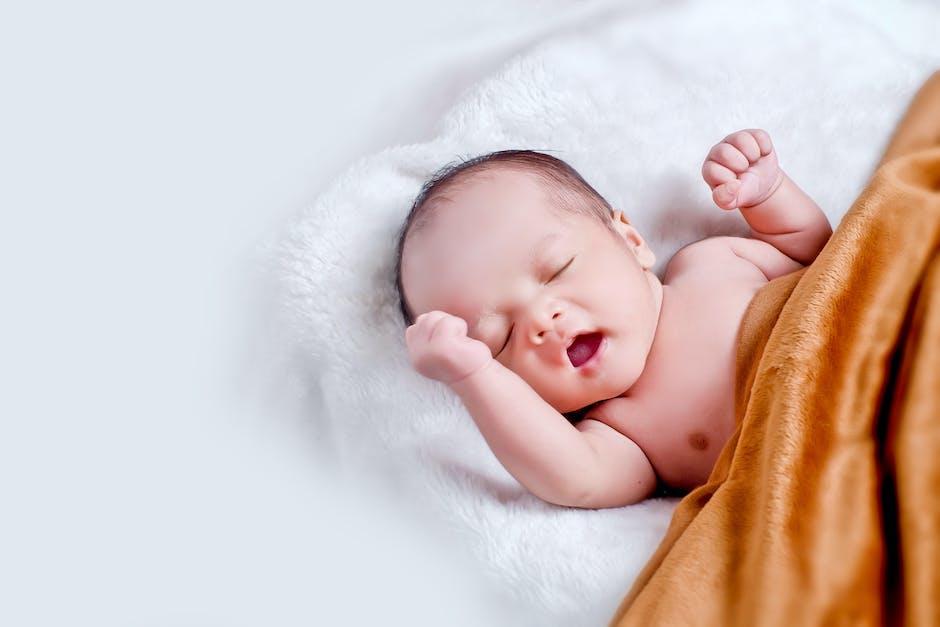When traveling on a plane with a baby, it is important to consider the effect of engine and cabin noise. Depending on the age and hearing sensitivity of your baby, you may decide that it is a good idea for them to wear ear muffs when they fly. In this article, we will discuss the pros and cons of using ear muffs for babies on planes and help you decide if they are right for your little one.Putting ear muffs on babies on planes can provide a number of benefits. Ear muffs can help reduce the noise level that babies experience when flying, decreasing their stress and discomfort. Additionally, they may help to prevent hearing damage caused by loud airplane engines. Furthermore, ear muffs can provide a sense of security and comfort to infants while traveling.
Ear Muffs on Planes
Noise levels on planes can be quite loud, especially during takeoff and landing. It is important to protect your ears from this noise, especially for young children. Ear muffs can be a great way to help reduce the noise and keep your ears safe. Most airlines provide disposable ear plugs for passengers, but if you prefer more comfort or protection, then ear muffs are the way to go.
Ear muffs are most effective when worn by adults or children over the age of two. For children under two, it is best to provide comfortable headphones that will fit snugly over their ears and cut out most of the background noise. Ear muffs should fit snugly but not too tight as they may cause discomfort or even pain for younger passengers.
It is important to make sure that you choose the right size ear muffs for your child’s age group. Too small and they will not be able to provide the necessary protection; too large and they may be uncomfortable or even dangerous if not properly secured on the head. For adults, most ear muffs are adjustable so they can fit any size head comfortably.
When deciding what age group should wear ear muffs on planes, it is important to consider both safety and comfort for your child. Young children under two should always use headphones rather than ear muffs as these are safer and more comfortable for them. For older children and adults, adjustable ear muffs can provide a good level of sound protection while also being comfortable enough to wear during a flight.
It is also important to remember that wearing ear muffs does not completely block out all noise from an aircraft cabin, so it is still advisable to use disposable foam plugs in addition to wearing them if extra sound protection is needed.
Types of Ear Muffs Suitable for Babies on Planes
Traveling with babies can be a challenging task, especially when it comes to flights. One of the biggest concerns is how to make sure your baby is comfortable and not disturbed by the loud noises of the aircraft. Ear muffs are a great way to protect your baby’s ears from the loud noise of an airplane engine. There are various types of ear muffs designed specifically for babies that can provide them with comfort and protection while they travel.
Noise-canceling ear muffs are one type that offers superior sound protection for babies. These ear muffs block out loud airplane noises and create a calming environment for your little one during flight. They come in several styles, including over-the-head models or ones that fit around the back of the head, allowing for easy adjustment depending on the size of your baby’s head.
Another option is infant headbands with built-in ear muffs. These bands come in various sizes and styles and provide comfort as well as noise protection for your baby during flight. The bands also come in bright colors and fun designs, so you can find something to match your baby’s unique style!
If you would like a more traditional look, there are also adjustable ear muffs with soft padding that fit over your baby’s ears comfortably but provide maximum sound protection from loud airplane noises. These earmuffs adjust to fit any size head and have adjustable straps so you can find the perfect fit for your little one.
No matter what type of ear muffs you choose, make sure they are comfortable for your baby and provide enough sound protection from loud engine noise during take-off and landing. With these tips, you can ensure that both you and your little one have a peaceful flight!
Pros and Cons of Using Ear Muffs for Babies on Planes
Traveling with young children can be a challenging experience. One way to make the journey more comfortable is to use ear muffs specifically designed for babies on planes. Ear muffs come in a variety of styles and colors, and they can help protect your baby’s delicate ears from the loud noise of the airplane engine. However, there are both pros and cons to using ear muffs for babies on planes.
One of the biggest pros of using ear muffs for babies on planes is that they create a comfortable environment for your child during takeoff and landing. The noise from the airplane engine can be extremely loud, which can be uncomfortable or even painful for young children. Ear muffs help reduce this noise, making the experience much more pleasant for your baby. Additionally, some ear muffs are also designed with sound-dampening technology that blocks out any other external noise that could be distracting or disruptive to your child during the flight.
Another benefit of using ear muffs on planes is that they provide a sense of security for your baby. Many babies find comfort in having something soft or cozy over their ears when flying, and this can help them feel more relaxed throughout the flight. Additionally, some ear muffs come with straps that allow you to attach them directly to your child’s headrest or seatbelt so that they won’t come off during turbulence or unexpected movements in the plane cabin.
However, there are also some cons associated with using ear muffs for babies on planes. One potential downside is that they may not fit comfortably over all sizes and shapes of heads. Some brands may not fit properly if your baby has an unusually large or small head size, which could lead to discomfort or even pain if not adjusted correctly. Additionally, depending on the type of material used in the construction of the ear muff, it may not provide adequate sound protection from loud noises like engine roar.
Overall, using ear muffs for babies on planes can be beneficial in many ways but it’s important to consider both the pros and cons before making a decision about whether or not they are right for your little one. Make sure you take into account your child’s head size as well as their comfort level when selecting an appropriate set of ear muffs before traveling by plane together!
Is It Safe to Put Ear Muffs On Babies On Planes?
Flying with a baby can be stressful for parents, especially if the baby is sensitive to sound. To help reduce the noise of a plane taking off or landing, some parents may consider using ear muffs to protect their baby’s delicate ears. However, it is important to consider the potential risks of this practice before doing so.
Although ear muffs may seem like a good idea, they can actually increase the risk of potential harm if not used properly. This is because ear muffs do not provide complete sound insulation and can block out more than just the loud engine noise. They can also block out safety announcements and other important sounds that are necessary for a safe flight. This means that if an emergency were to occur during the flight, your baby would be unable to hear the instructions given by crew members or pilots.
In addition, using ear muffs on babies may cause them discomfort due to an increase in air pressure in their ears when the plane takes off and lands. When air pressure changes due to altitude changes, babies may experience pain in their ears as they cannot equalize it like adults can by yawning or chewing gum. Therefore, it is important to be aware of these potential risks before putting ear muffs on your baby during a flight.
Overall, while ear muffs may seem like an effective way to protect your baby’s ears from loud engine noise on a plane, there are some potential risks associated with this practice that need to be considered before doing so. For instance, ear muffs might block out safety announcements or cause discomfort due to air pressure changes in their ears when the plane takes off and lands. Therefore, it is best for parents to consult with their pediatrician before deciding whether or not putting ear muffs on their baby during a flight is safe for them.

How to Choose the Right Fit For Baby’s Ear Muffs
Choosing the right fit of ear muffs for your baby is an important decision. The right ear muffs can make a big difference in your baby’s comfort and safety. Here are some tips for choosing the best fit for your baby’s ear muffs:
The first thing to consider is the size of your baby’s head. An ill-fitting pair of ear muffs can be uncomfortable for your baby, and may even cause them pain. Make sure that the ear muffs you choose are not too tight or too loose, and that they fit snugly around your baby’s head.
Another important factor to consider is how loud your environment will be. If you know that your baby will be exposed to loud noises, such as concerts or sporting events, look for a pair of ear muffs with higher noise reduction ratings (NRR). This will help protect their hearing from any potential damage.
Finally, consider how easy it will be to put on and take off the ear muffs. Look for ones with adjustable straps that make it easy to put on and take off quickly. This will make it easier for you to ensure that they stay on securely when you need them most.
By following these tips, you can find the perfect fit of ear muffs for your little one. It is important to keep in mind that no two babies are alike, so make sure to try on several different pairs until you find one that fits comfortably and securely. This will ensure that your baby stays safe and protected while enjoying all of their favorite activities.
Ensuring Comfort when Wearing Ear Muffs on Babies on Planes
When travelling with babies on planes, it is important to ensure their comfort and safety. One way to do this is by using ear muffs. Ear muffs help protect babies from the loud noises of the plane, such as engine noise and air pressure changes. They also help keep babies comfortable during the flight, as they provide a layer of insulation against the cold air in the cabin. Here are some tips for parents to ensure comfort when wearing ear muffs on babies on planes:
Choose the Right Size
When buying ear muffs for your baby, make sure you choose one that fits properly and is designed specifically for babies. The ear muffs should cover your baby’s ears completely without being too tight or loose. Make sure to read instructions carefully before purchasing any product.
Test it out
Before taking off, try out your baby’s ear muffs at home or in a quiet room. This way, you can be sure that they fit properly and are comfortable for your baby to wear during the flight. Make sure your baby is comfortable with wearing them before you take off.
Bring Extra Ear Muffs
It’s always a good idea to have a spare pair of ear muffs handy in case one gets lost or damaged during the flight. This will ensure that your baby will still have protection from loud noises during the journey and stay comfortable throughout the flight.
Monitor Your Baby
Once you’ve taken off, monitor your baby closely to make sure they are still comfortable wearing their ear muffs. Check periodically throughout the flight to make sure that they are not too tight or too loose and that they are covering their ears completely. If necessary, adjust them accordingly for maximum comfort and protection from loud noises during the flight.
By following these tips, parents can be confident that their baby will be safe and comfortable while wearing earmuffs on a plane journey!
Noise Cancelling Headphones vs. Ear Muffs for Babies On Planes
When it comes to protecting babies from loud noises on planes, noise cancelling headphones and ear muffs are both viable solutions. However, there are several advantages and disadvantages of using each option. Noise cancelling headphones can provide more effective soundproofing than ear muffs, as they cut out a greater range of frequencies. They also have the advantage of being more comfortable for the baby to wear. Additionally, ear muffs can be more adjustable than headphones in terms of fit, so parents can ensure that the ear muffs are covering the baby’s ears properly.
However, noise cancelling headphones also have some drawbacks compared to ear muffs. They tend to be more expensive than ear muffs, and must be recharged regularly in order for them to work properly. Additionally, some babies may find them uncomfortable due to their tight fit around the head and ears. Ear muffs may also not work as well at cutting out lower frequencies, which could mean that louder noises still reach the baby’s ears.
Ultimately, it is up to parents to decide which option is best for their baby when travelling on a plane. Both noise cancelling headphones and ear muffs can provide effective soundproofing if used correctly, so parents should consider their budget and the comfort level of their baby before making a decision.

Conclusion
It is important to consider the safety of a baby when travelling by air, and ear muffs can be a helpful tool in protecting them from the loud noises of a plane’s engine. Although it is not necessary to put ear muffs on babies during the entire flight, it is advised that they be put on during takeoff and landing to keep their ears safe from any potential damage. Parents should discuss their options with their doctor and decide what is best for their baby’s health and safety. In general, ear muffs can provide an extra layer of protection for babies and help them remain comfortable during flights.
Ultimately, parents must make sure that their baby is safe and comfortable while flying. Ear muffs can be an effective way of protecting babies’ ears from the loud noises of air travel. Parents should consider using ear muffs to keep their baby safe while travelling by air.




